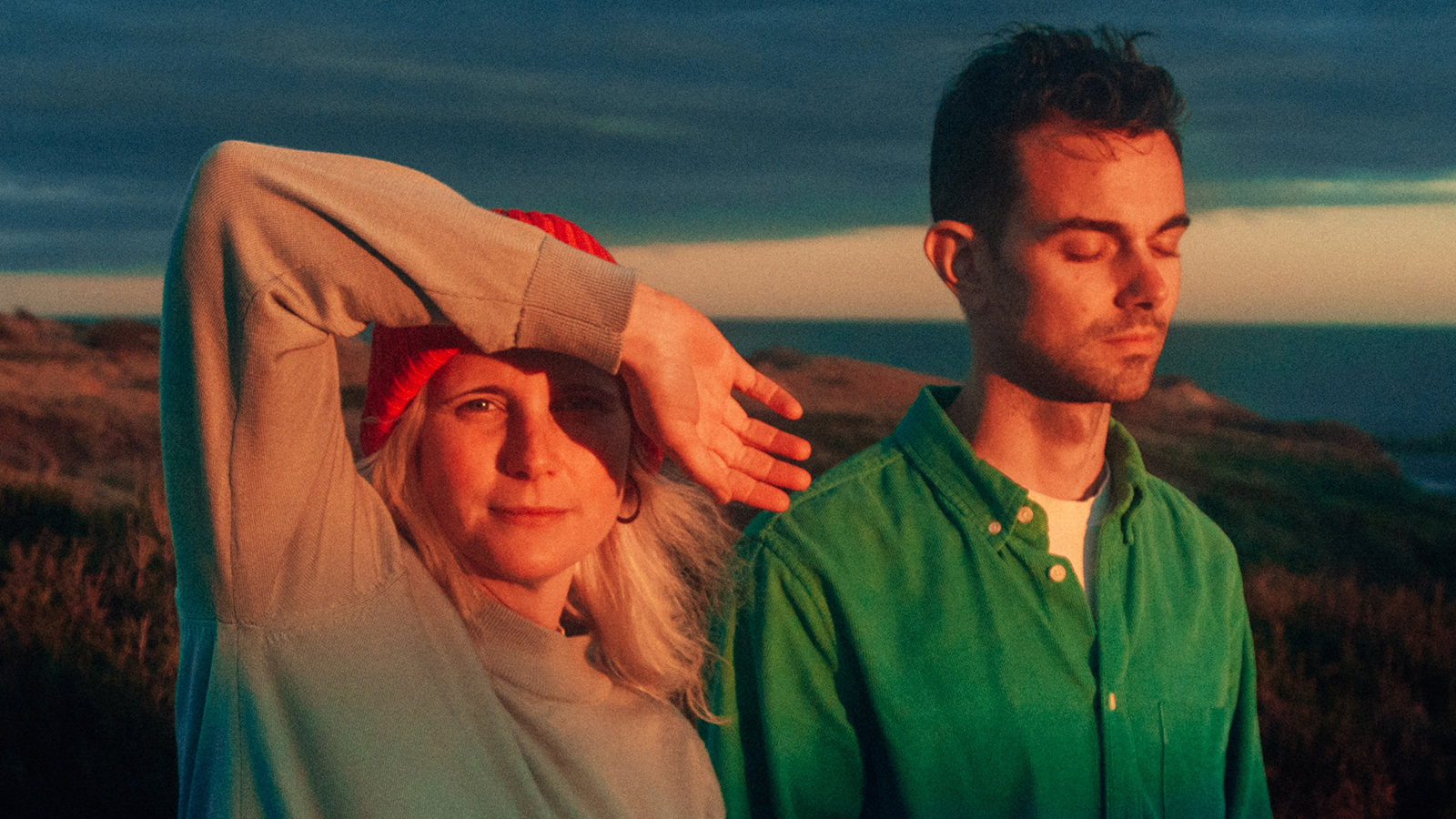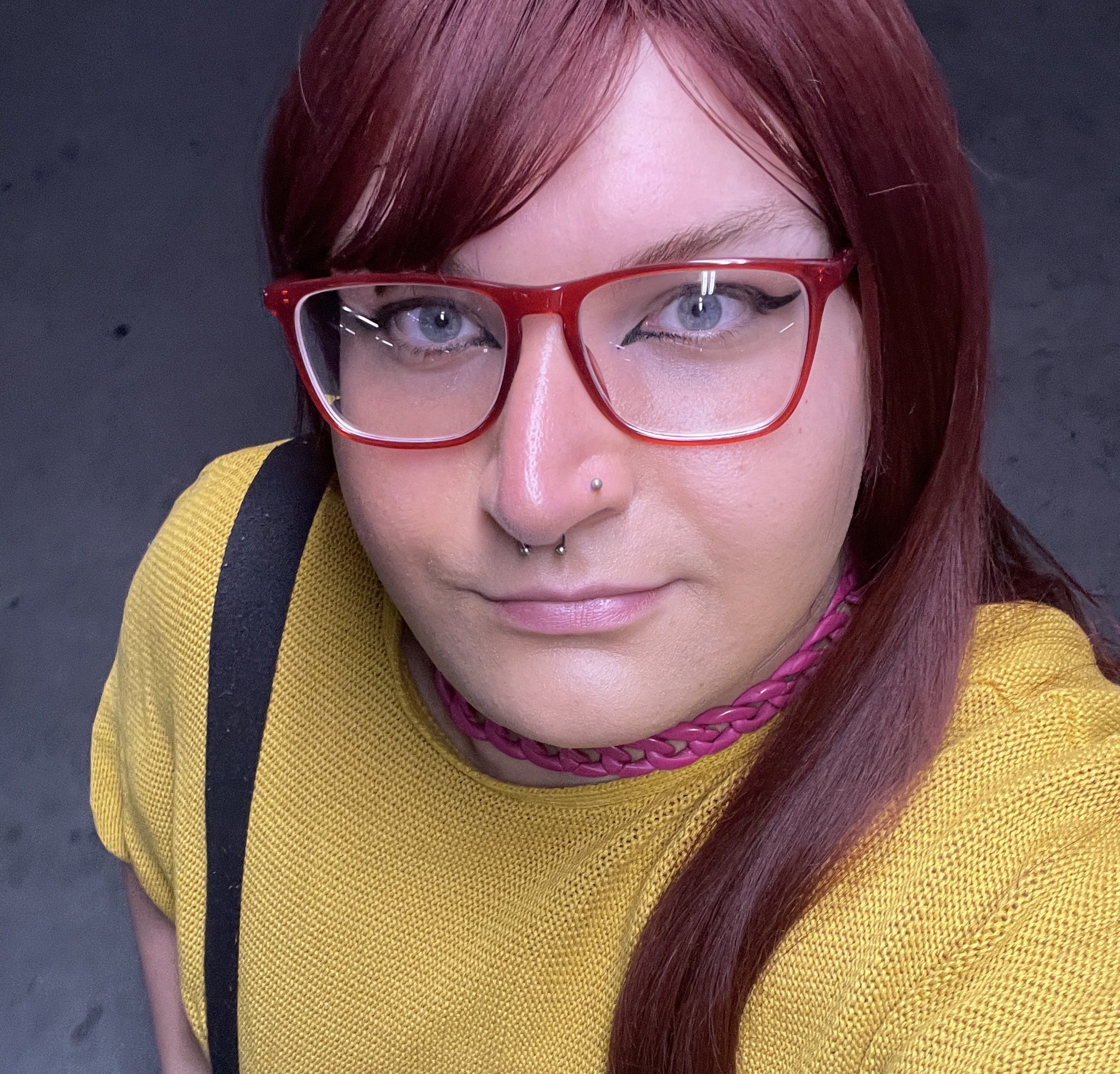Big Scary: “Our mental ethos played a big part in how the songs came together”
Just a year after dropping their “comeback” album, Big Scary have already whipped up another – and this one, thankfully, sees them bring the guitar back

Around the middle of 2017, Big Scary seemed to be on the cusp of a hard-earned mainstream breakthrough: their third album, Animal, charted at #5 at the end of the year prior – and earned frontman Tom Iansek an ARIA nod for Producer Of The Year – and the band were comfortably selling out theatres across the country. But after their second time playing Splendour In The Grass in July ’17, their hype train came to a screeching halt. Cue years of radio silence, while Iansek kept the dream alive in other projects.
Big Scary reconvened at the dawn of the new decade, writing some two dozen songs that saw them freed from the pressures of success – Iansek and drummer Jo Syme weren’t gunning for that breakthrough anymore, and instead made music because… well, that’s what they loved doing. Their “comeback” album, 2021’s Daisy, marked a seismic shift in Big Scary’s musicality, swapping soft-rock for indie-pop with glittering synths that filled hypnotic soundscapes. So swept up in the haze, it wasn’t until they had Daisy in the bag that Iansek realised he hadn’t played a single guitar on it.
No sweat; just a little over a year later, Big Scary have delivered yet another new album, truly making up for all that lost time with Me And You. It represents the ultimate form of Big Scary, both musically and behind-the-scenes, with Iansek and Syme splitting all songwriting, performance and production duties equally. And yes, the guitars have returned! To celebrate, we sat down with Iansek and unpacked the genesis of Me And You.
So what drew you away from the guitars on Daisy, and what drew you back to them for Me And You?
It wasn’t a conscious thing. We’d mostly grouped the songs together by feel, and then it was only after the fact that we realised that there were no guitars on Daisy. But then I was similarly pleased to notice that there were some guitars on Me And You. I guess the songs on Daisy, they were very sort of synth-driven, and they kind of wanted to live together.
It was interesting in a way because when we came back to Big Scary, after our hiatus, it felt like a new beginning. Where the guitar had been such a pillar of Big Scary’s sound in the past, I guess it was kind of nice that it wasn’t there all of a sudden. It tied into there being new parts to this old project – something new or different that we didn’t have in Big Scary before we took that break.
Did you find that, having done Daisy without any guitars, you were able to approach the instrument with a new perspective for Me And You?
Well, it was interesting because we wrote this one big batch of songs after we came back together, and included in that were all of the songs from Me And You, all of the songs from Daisy, and some other songs as well. We didn’t really know how they would be grouped together at that stage, or what was going to happen with them – it was only later down the track that we organised the tracklists for these two albums and I noticed, “Oh, Daisy has no guitars on it!”
But you know, when we picked up our instruments again after all those years, we just sort of did what came naturally to us. We made a point of not overthinking anything, not putting any sort of restrictions on ourselves, and not injecting [into the process] any sort of fear or worry over what it might look, sound or feel like. We just wanted to play and make music, you know? And having done that for so long already, it felt very natural to just pick up a guitar jam. And that’s what we did – we just jammed and played around and wrote some songs.
Get The Pick Newsletter
All the latest guitar news, interviews, lessons, reviews, deals and more, direct to your inbox!
How did that looser, more free-flowing attitude shape the kind of songs you were writing?
Our mental ethos definitely played a big part in how the songs came together. And tied in with that is our personal circumstances – where we’re at as a band, and also where I’m at as a producer. You know, I’d been working as producer for all the years [that Big Scary was on hiatus], working with other bands, and so that all had an impact on what we were doing.
I think some bands find it hard to write when there’s lots of pressure on their shoulders – those fears and worries tend to weigh it down because you feel like you’re you’re making a record more for other people than you are for yourself. And we definitely felt a little bit of that pressure just before the band stopped. I mean, that was a hard thing to do in itself: the year we [went on hiatus], we’d just done really well in the Triple J Hottest 100, and the band was playing the biggest shows it ever had. But then, having not made any music together for years, all of that pressure sort of just died away.
There were sad bits to letting some of that momentum go, but creatively, it was a really wonderful thing. We found that we were making music just for the fun of it, with no agenda. It reminded us a lot of when we first started the band, when we 19, 20 and just mucking around, making sounds in our parents’ living rooms. And you know, having that energy when you’re making music, it definitely flows over into all the creative decisions that you make. We were asking ourselves, “Well, what does this song need?” Rather than, “What does this song need in order for us to feel like the band we need to be?”
That also happened to be where I am as a producer as well. It’s like, you have to hold these songs with just the right amount of pressure – if you hold on too tight, you can kind of strangle it. I don’t know where I heard it, but someone gave me this analogy where if you’re holding a golf club with all your strength, you’re gonna be too stiff, and you’ll just hit a terrible shot. You have to hold it just loose enough to get the swing right – and I think in terms of making music, that also rings true.
Speaking of swinging things around, what did your guitarsenal look like for this record?
I had this beautiful custom guitar made by an Australian luthier at T Guitars. He basically made me the guitar of my dreams a few years ago, and I used that whenever an electric guitar was called for. We go to Phillip Island to write and we can’t take everything with us, so I just packed the T guitar because it sort of just does everything I want to do with a guitar most of the time. And so all the guitar songs were written on that.
I’m sure you know the feeling: when you write a song on one guitar and that becomes a part of its sound, it’s hard to let go. And so it was mostly just the the T guitar that I used, always pretty clean, through Fender amps. But I also had a Gibson SG with some Lollar P-90-style pickups in it – that’s just an awesome session guitar. I nearly always use that whenever I need to produce something with electric guitar, so that kind of filled in some of the gaps around the T.

Ellie Robinson is an Australian writer, editor and dog enthusiast with a keen ear for pop-rock and a keen tongue for actual Pop Rocks. Her bylines include music rag staples like NME, BLUNT, Mixdown and, of course, Australian Guitar (where she also serves as Editor-at-Large), but also less expected fare like TV Soap and Snowboarding Australia. Her go-to guitar is a Fender Player Tele, which, controversially, she only picked up after she'd joined the team at Australian Guitar. Before then, Ellie was a keyboardist – thankfully, the AG crew helped her see the light…
“The rest of the world didn't know that the world's greatest guitarist was playing a weekend gig at this place in Chelmsford”: The Aristocrats' Bryan Beller recalls the moment he met Guthrie Govan and formed a new kind of supergroup
Carlos Santana hospitalized following pre-show medical emergency


![[from left] George Harrison with his Gretsch Country Gentleman, Norman Harris of Norman's Rare Guitars holds a gold-top Les Paul, John Fogerty with his legendary 1969 Rickenbacker](https://cdn.mos.cms.futurecdn.net/TuH3nuhn9etqjdn5sy4ntW.jpg)







